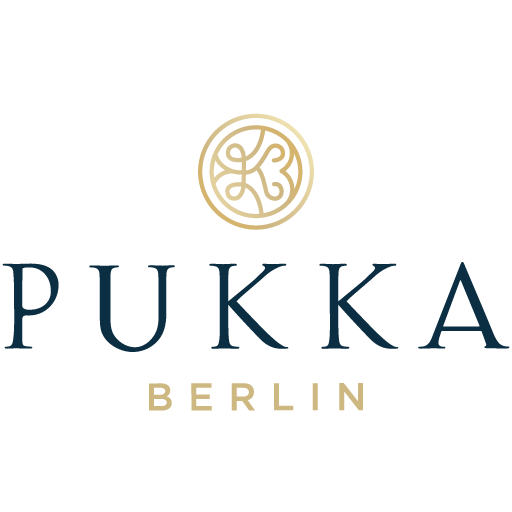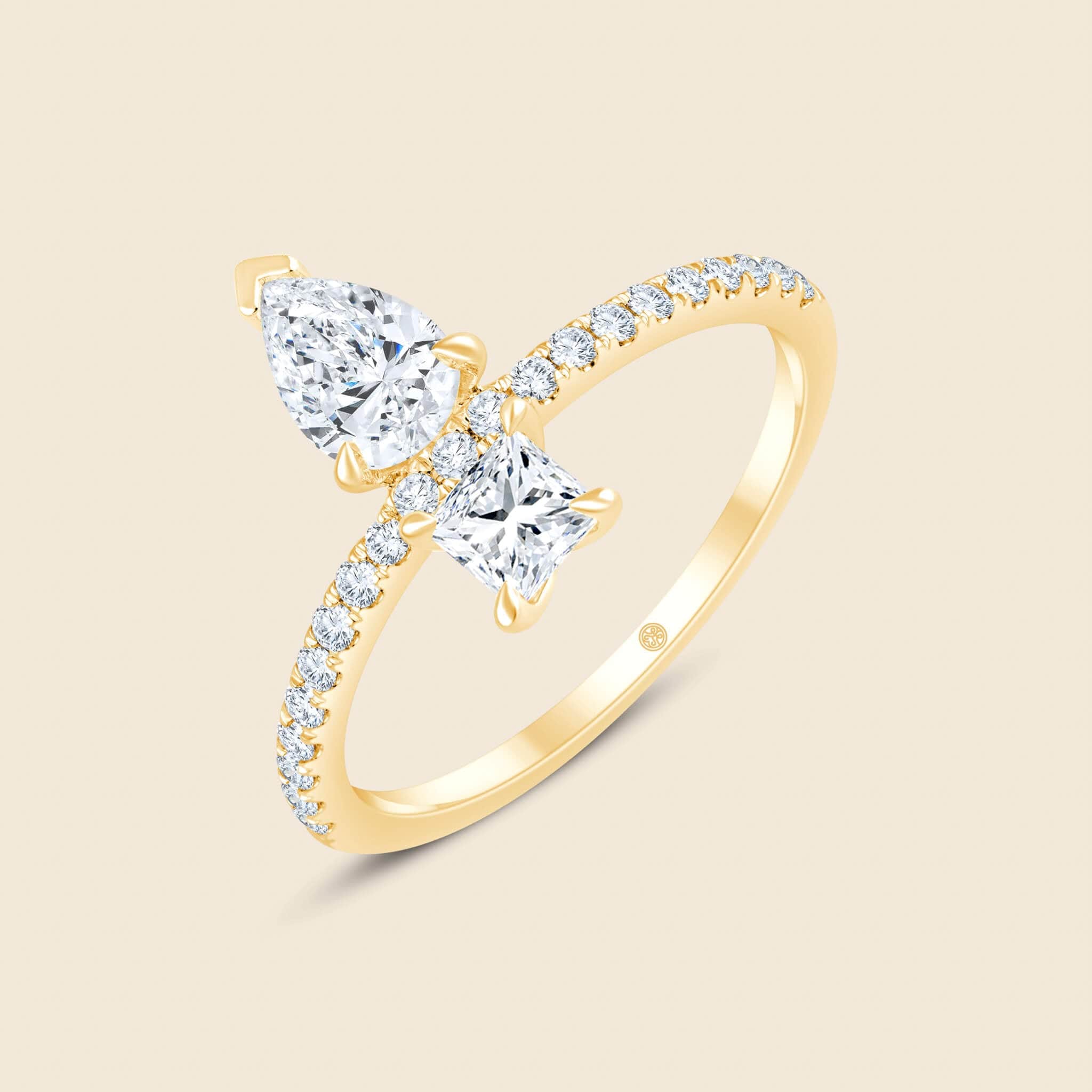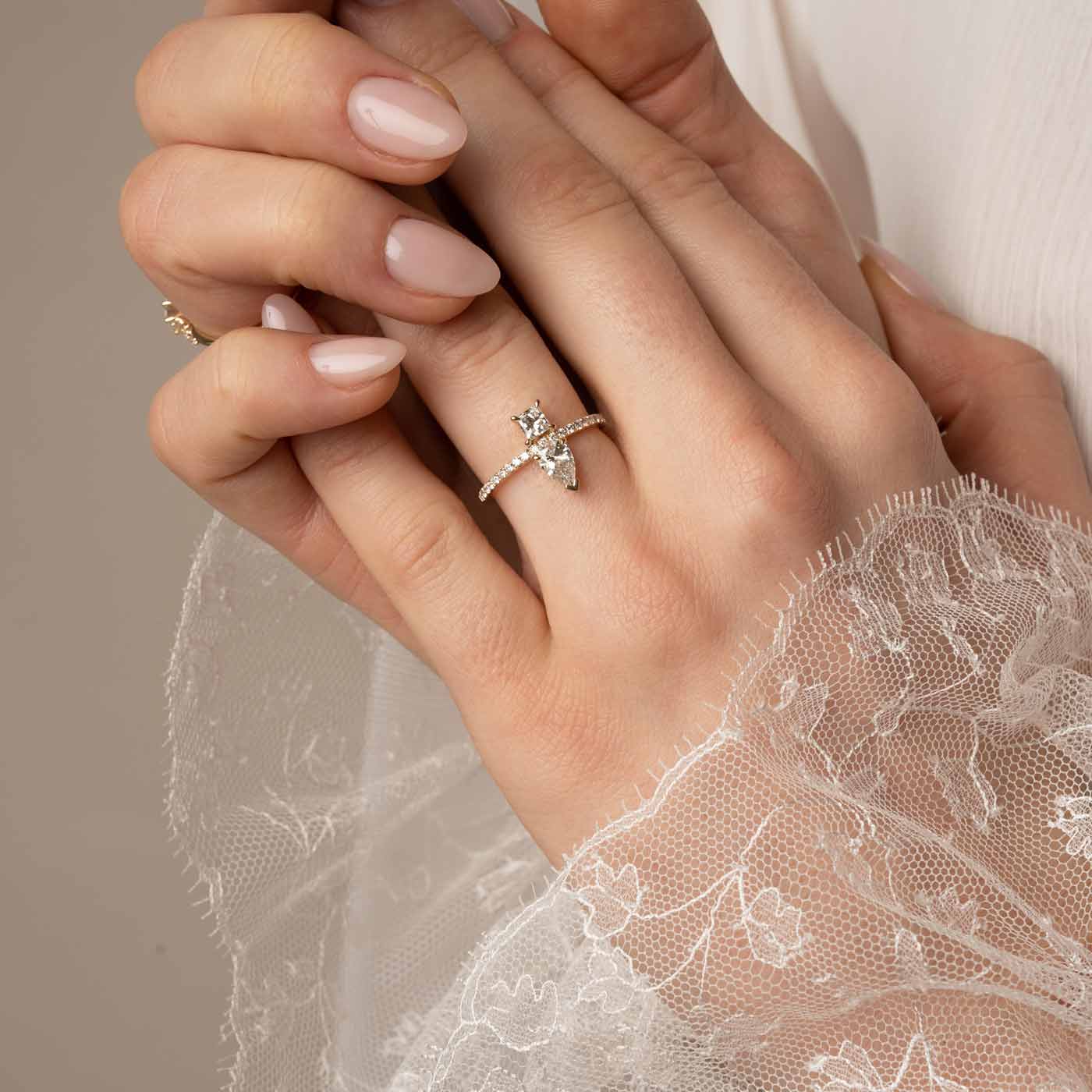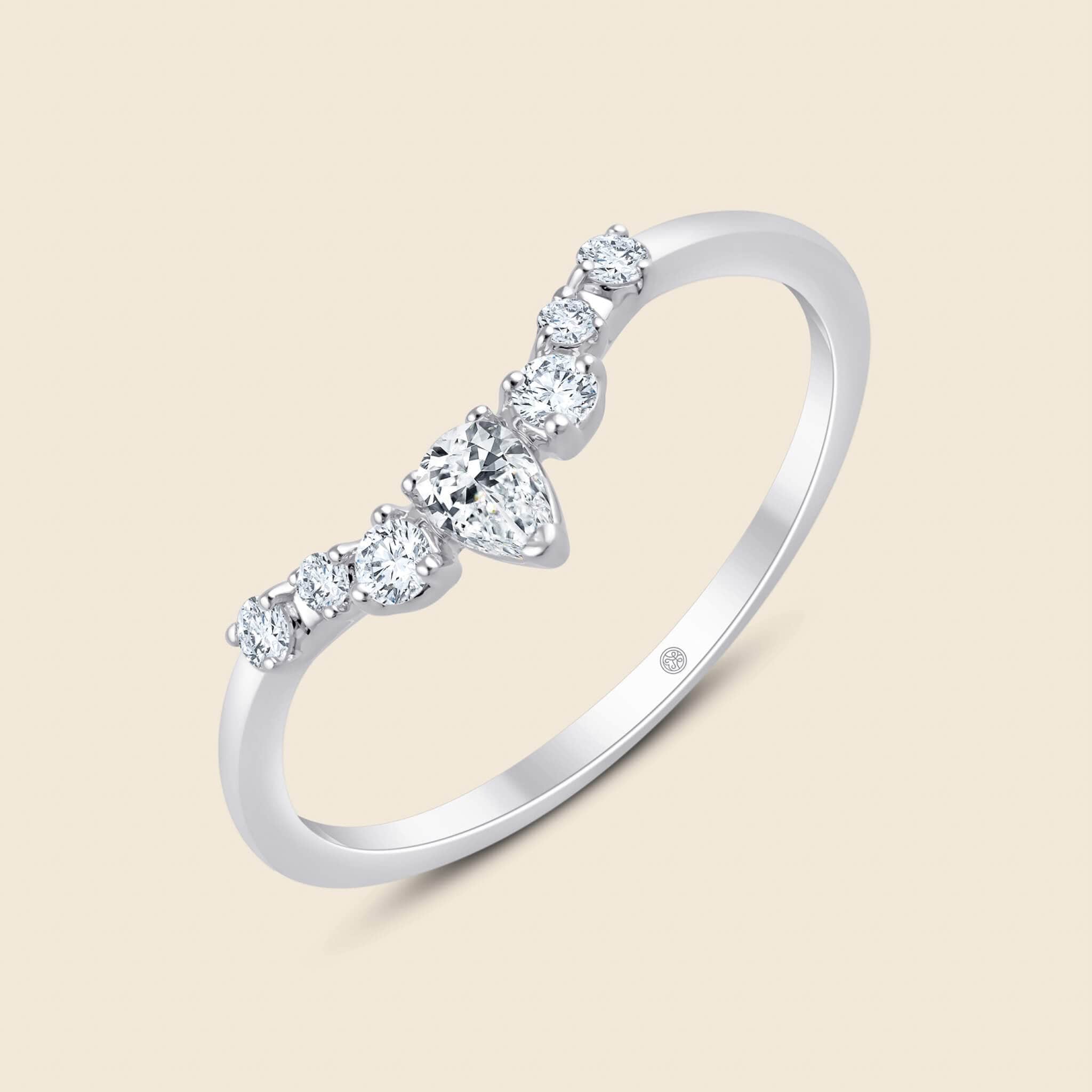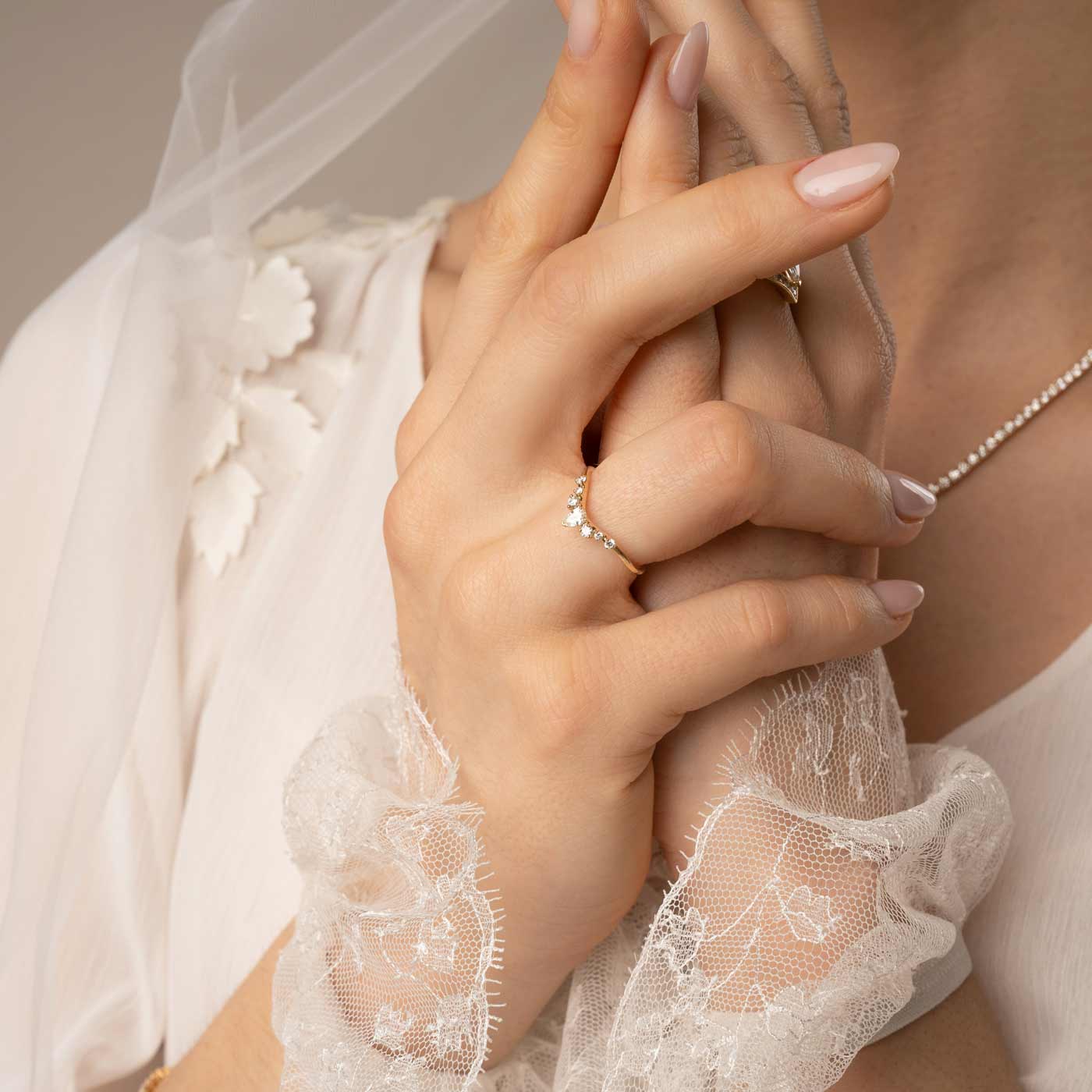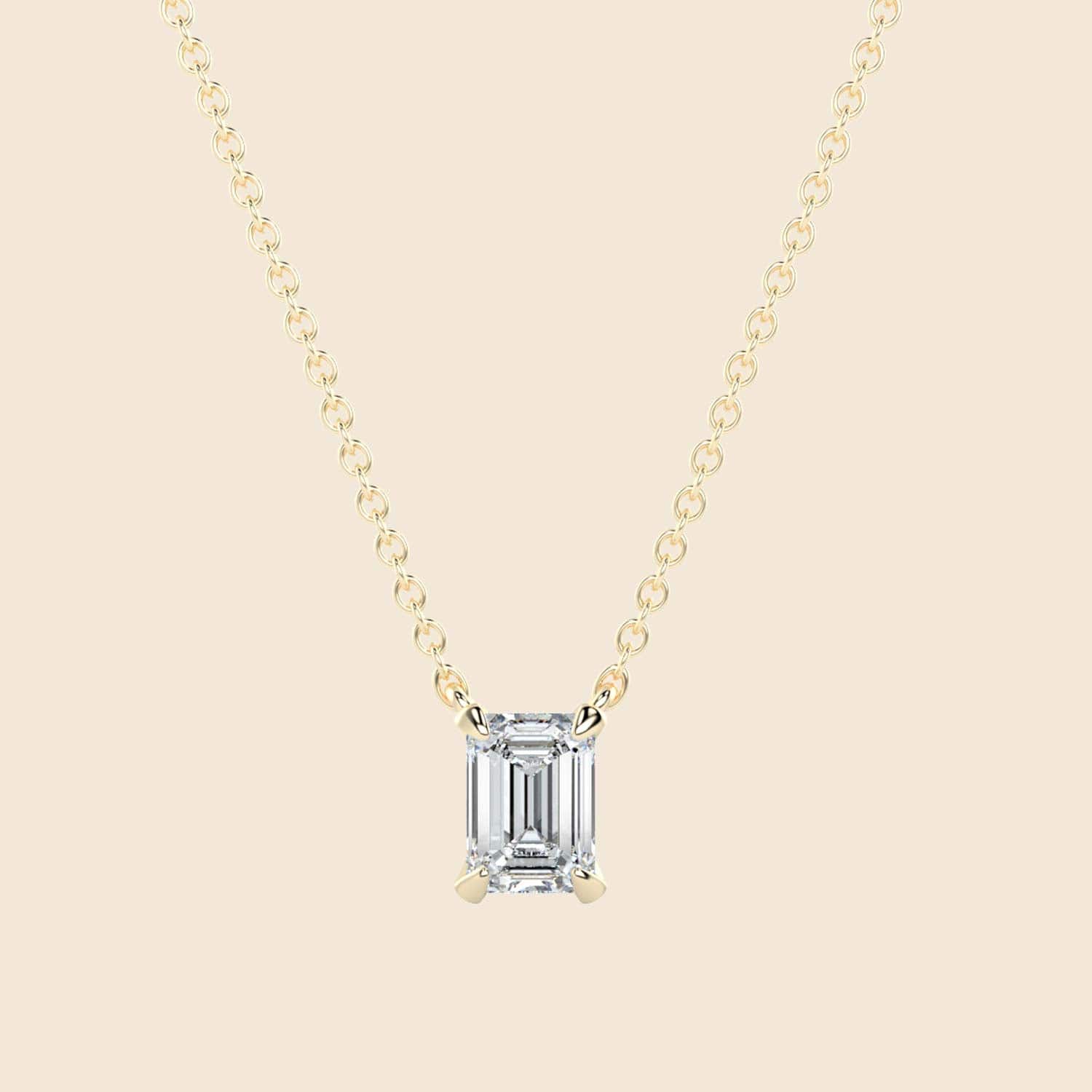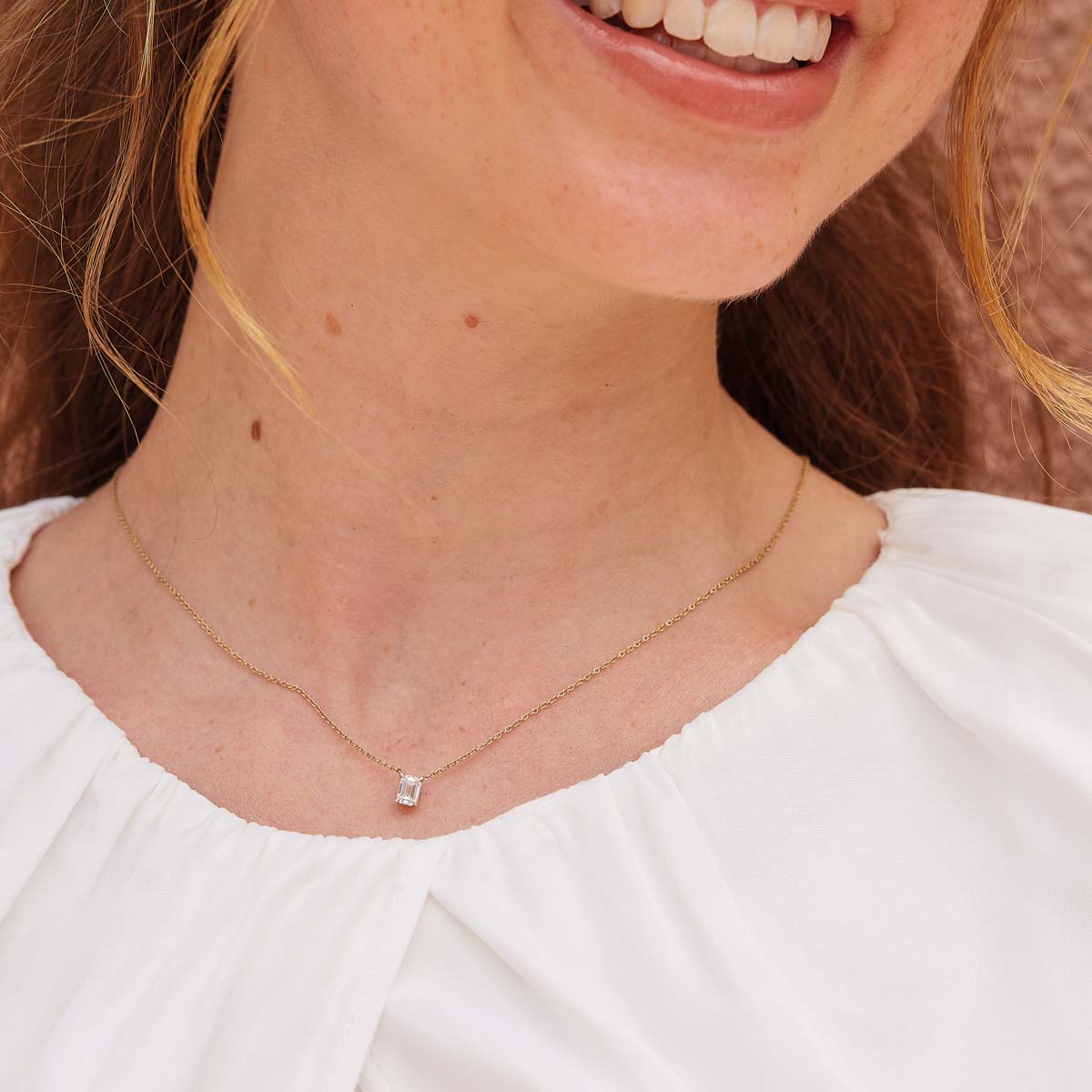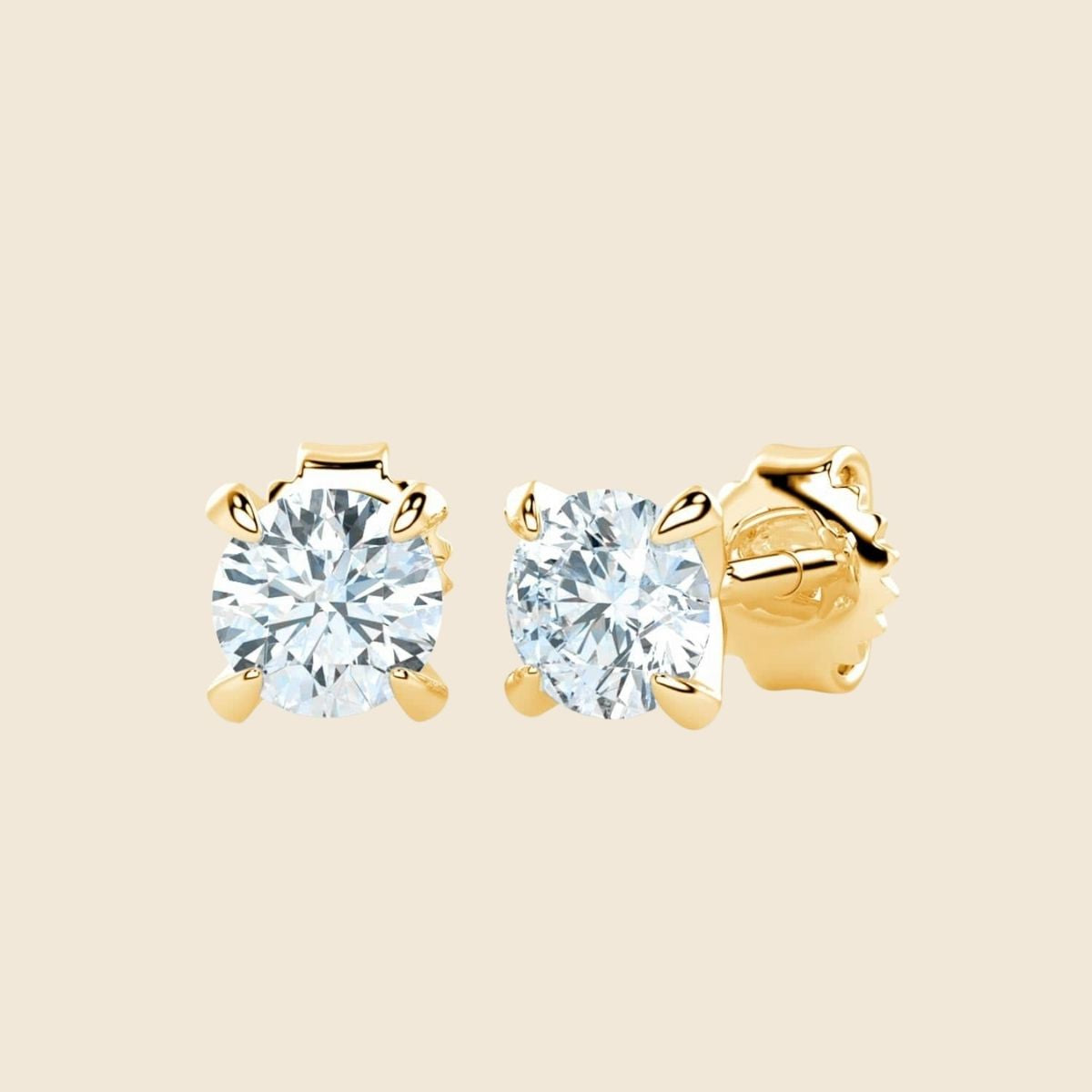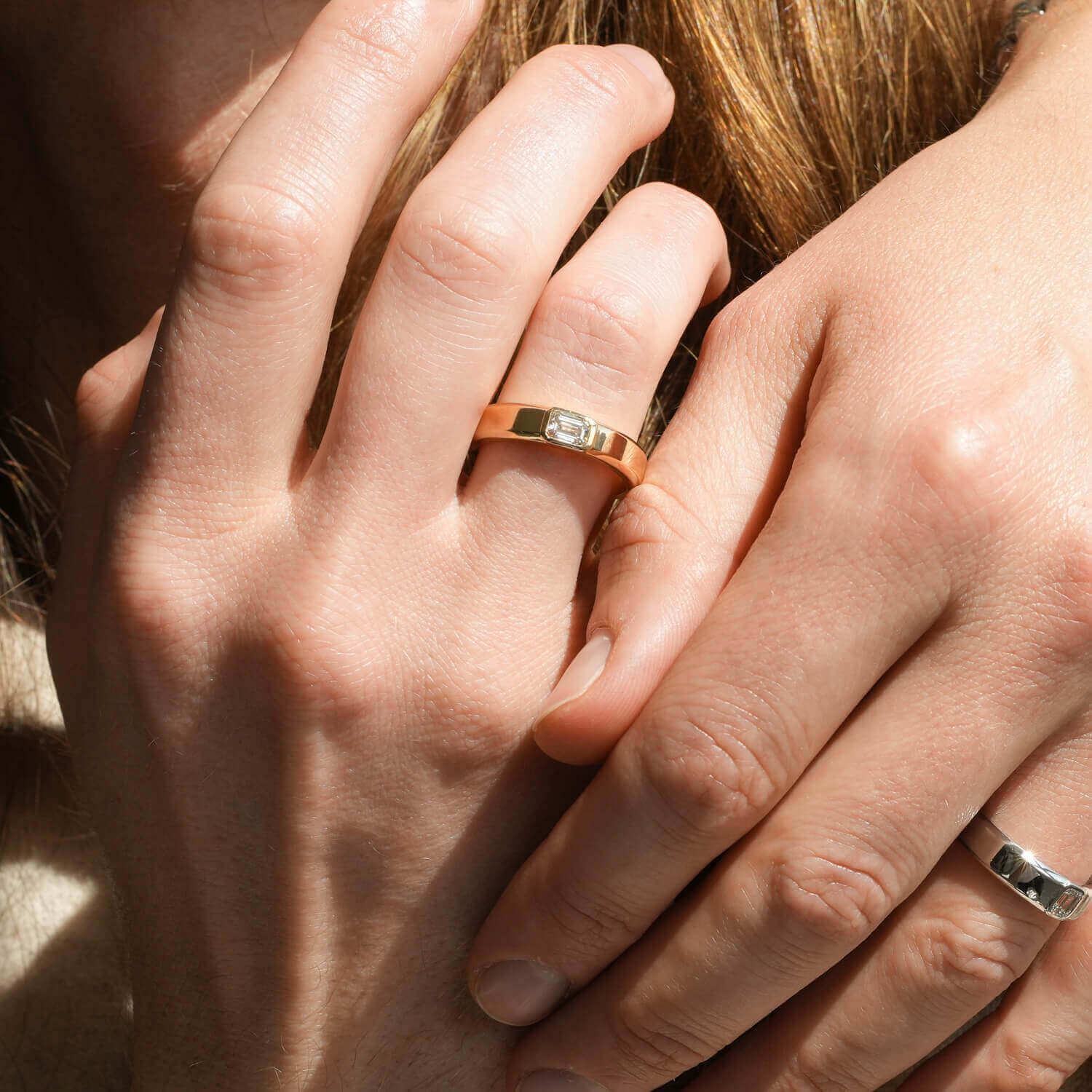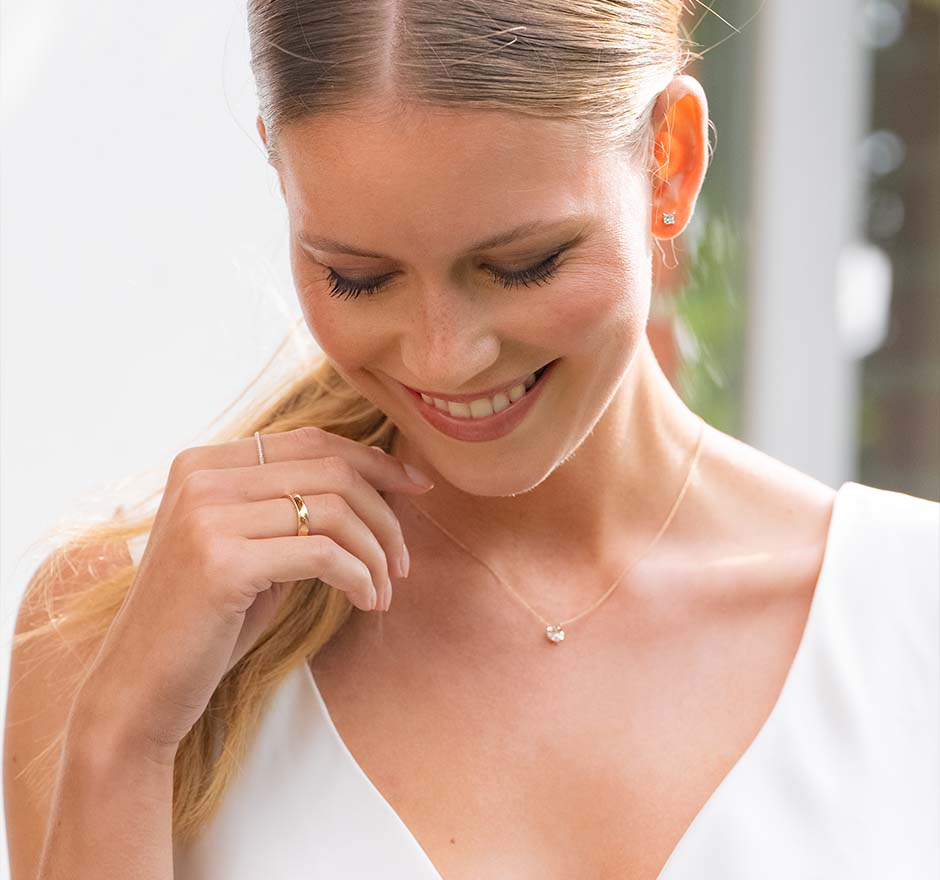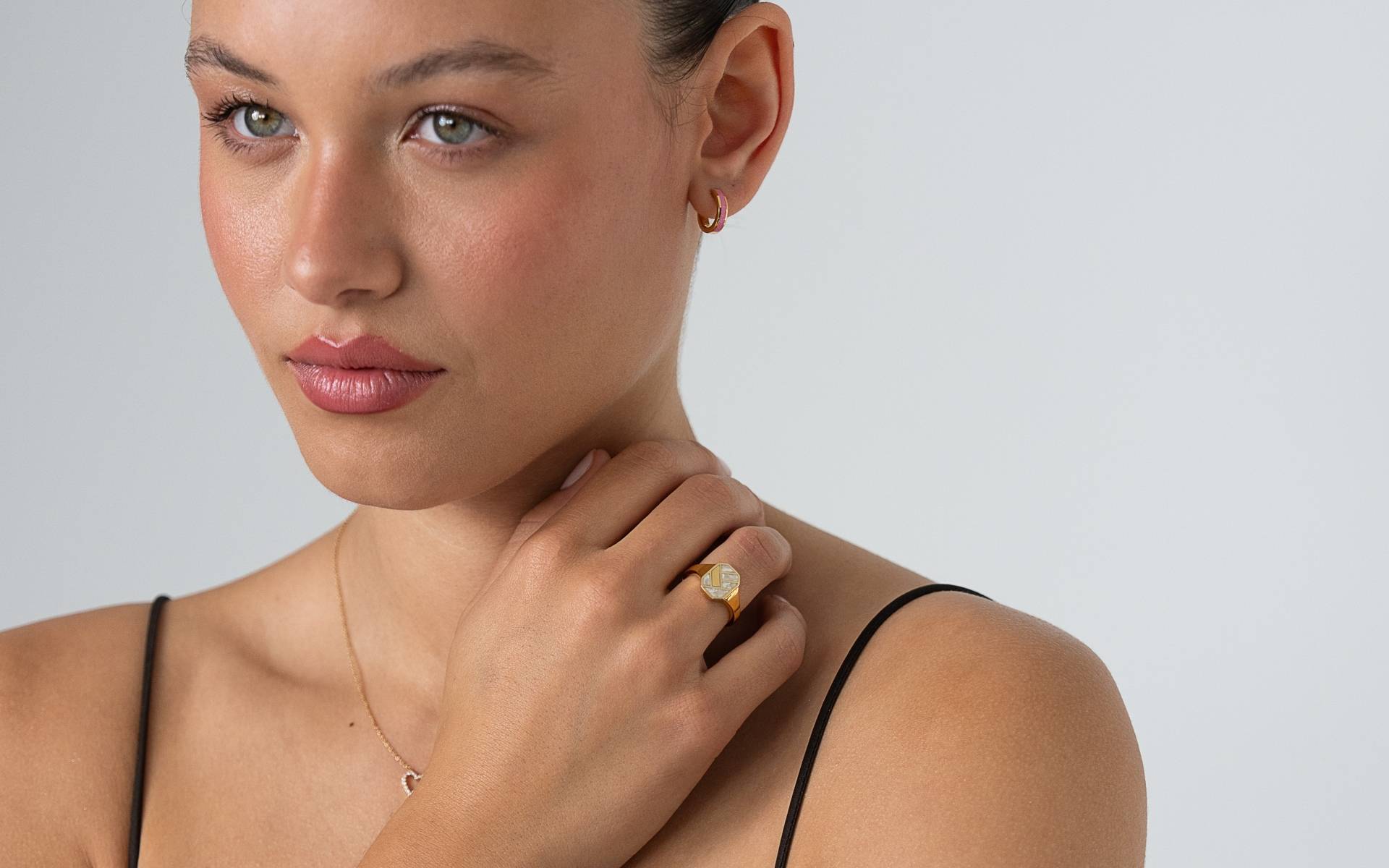Lab-Grown Diamonds
Sustainable and affordable
a sustainable alternative to natural diamonds?

There are isolated events that revolutionize an industry. We are certain that the jewelry industry is experiencing such a revolutionary change through lab-grown diamonds.
But what are lab-grown diamonds?
Admittedly, the word "lab-grown" may sound almost scary to some people. Lab-grown diamonds are largely identical to natural diamonds. The main difference is the way in which these so-called 'lab-grown diamonds' are grown. It's a bit like the ice in your freezer compared to the ice at the North Pole. So the most important questions remain:
- What are lab diamonds?
- What are the differences to natural diamonds?
- What should I choose?
What are lab-grown diamonds?
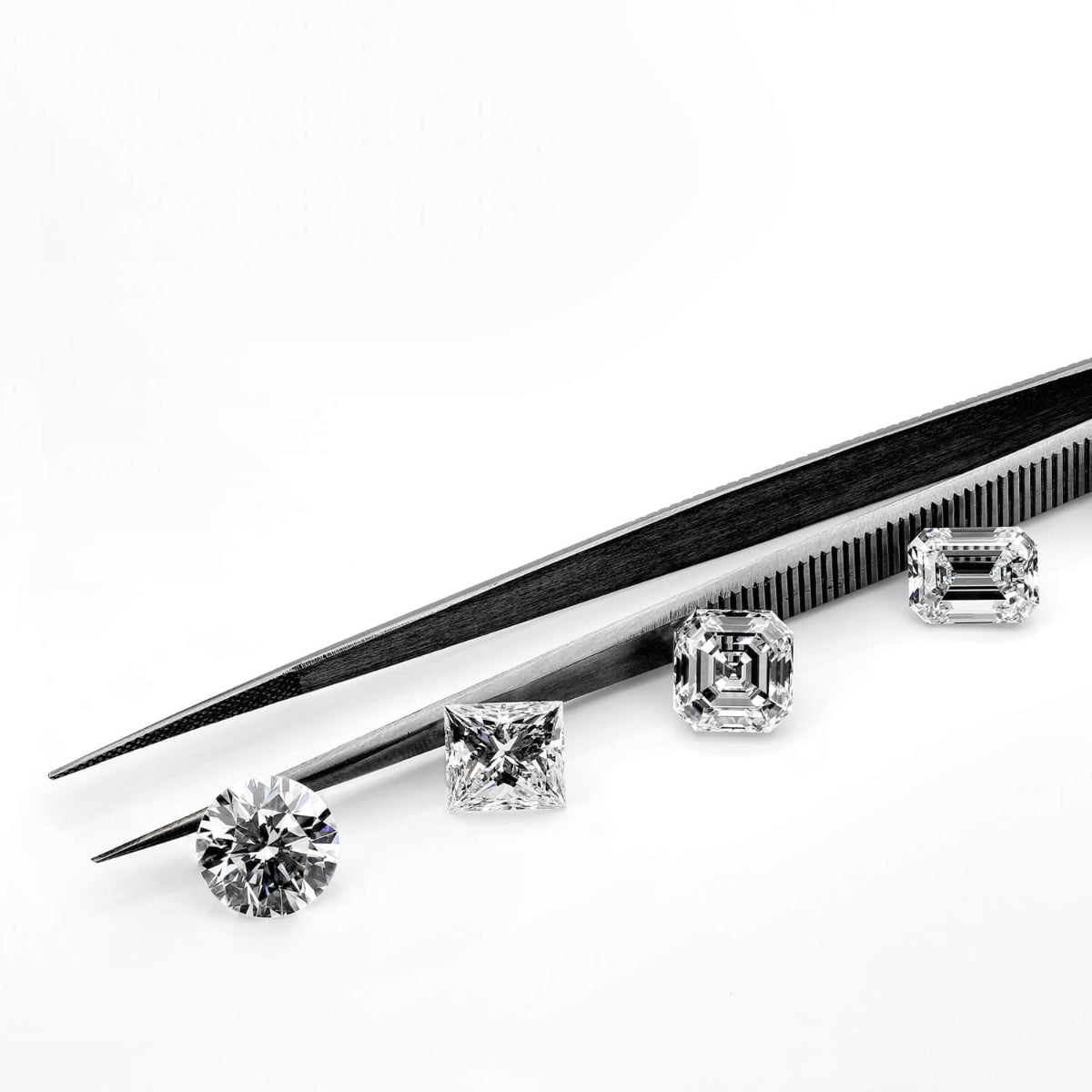
Can you imagine a diamond that is chemically identical to a naturally mined diamond? Physically the same as a diamond hidden in the deepest and darkest layers of the earth? Only that they are produced by human hands in a laboratory at a fair price? That's exactly what lab-grown diamonds are. They have the same properties, shine just as brightly, look just as good and feel just as real as naturally mined diamonds. Your diamond tester will show nothing else. What's more, lab-grown diamonds often look even better than natural diamonds. This is because their growth and formation is monitored in a controlled environment - another miracle created by mankind's quest for perfection. While natural diamonds often have a quality of I | IF, lab-grown diamonds are often at least VS | G.
What are the differences between lab diamonds and natural diamonds?
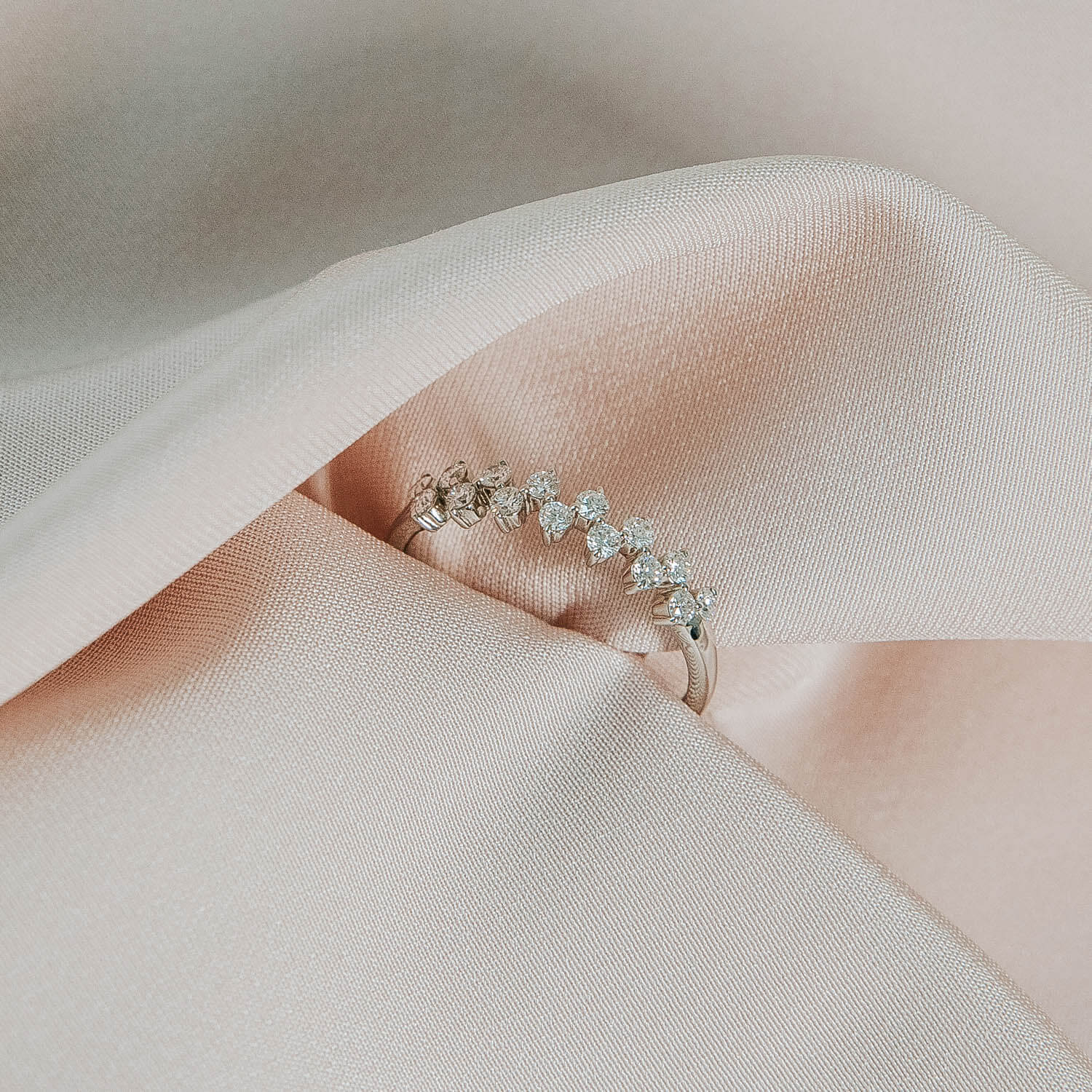
Traceability
The origin of diamonds cultivated in the laboratory can be traced back to the source more easily. As they are produced by machine, they cannot come from mines. Nevertheless, you should also pay attention to the origin of lab-grown diamonds.
Value
Lab-grown diamonds tend to be cheaper than natural diamonds - up to 40% depending on size. While we know that natural diamonds have a fairly stable price due to their rarity and mining, it is impossible to predict the price development of lab-grown diamonds.
Sustainability
The claim that lab-grown diamonds are 100% sustainable is not entirely true. Carbon dioxide is also released as a by-product during the production of these diamonds. Some studies, partly funded by mining companies, even claim that their manufacturing process releases more CO2. However, our Lab Diamonds at Pukka Berlin are carbon neutral. Our goal is to be 100% sustainable by 2024.
Make your own choice
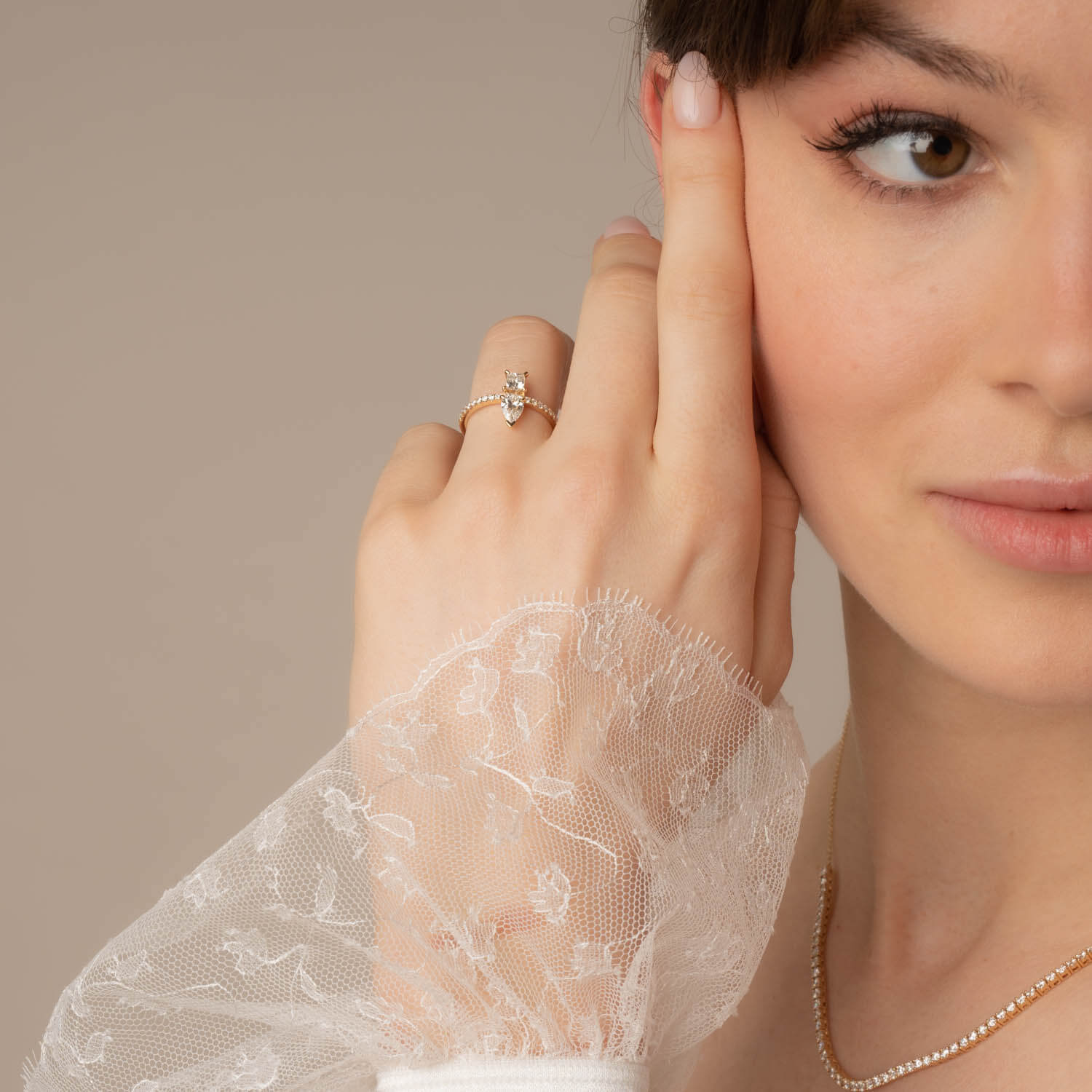
Should I buy natural diamonds or lab-grown diamond jewelry? A question we often hear.
Many traditional jewelers are not particularly enthusiastic about lab-grown diamonds, as they contradict their definition of "fine". In other words, exclusivity and unattainability. However, our philosophy was, is and remains different. Our belief stems from our aspiration - to look good, do good and feel good. And that's why we believe that you should have the choice - and we have the opportunity to make it. So - how do you decide? Choose from our Bridal Line, Fine Line or Pret Line with naturally mined diamonds or our Lab Line with lab-grown diamonds.
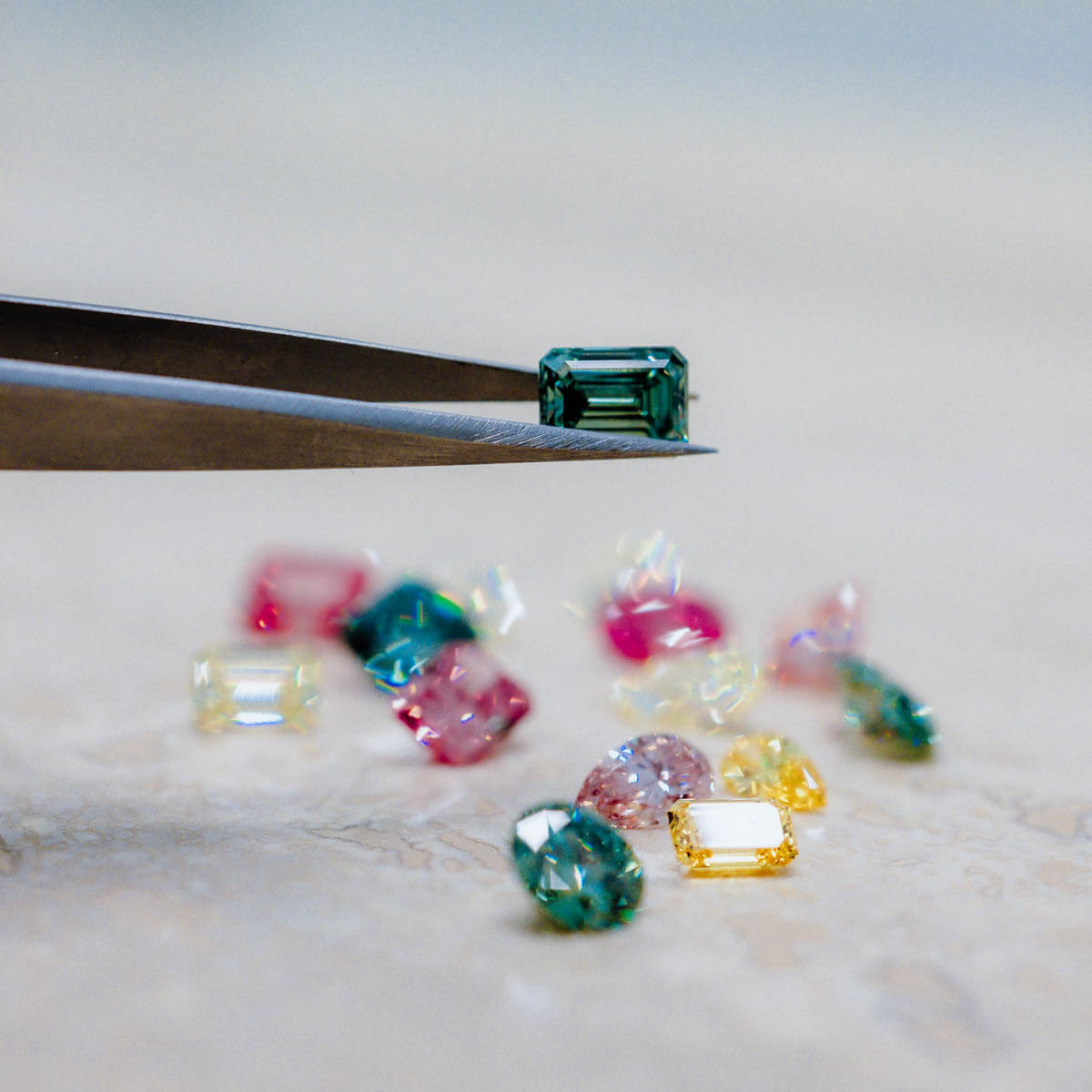
colors for eternity
Colored Lab diamonds
We also offer unique blue, pink, green and yellow lab diamonds. These are also produced using the CVD process. The yellow color is created by adding nitrogen, as with natural diamonds. For blue and green, the diamonds are exposed to electron irradiation at room temperature. This replaces one of the carbon atoms and the structure changes to a covalent bond, which gives the diamond its blue or green color. Pink diamonds are obtained by triple treatment at high pressure and high temperature.
Fancy more?
